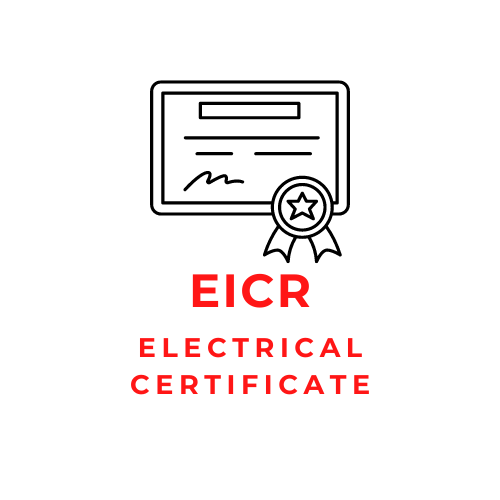Electrical Safety Certificate EICR: What You Need to Know
An Electrical Installation Condition Report (EICR) is a document that outlines the safety and condition of an electrical installation. It is also known as an Electrical Safety Certificate. The report is generated by a qualified electrician and is used to determine if an electrical installation is safe for use and if any repairs or upgrades are needed.
The EICR is required for all commercial and industrial properties, as well as for certain types of residential properties, such as rented properties. It is important for property owners and landlords to ensure that their electrical installation is in good condition, as faulty or outdated electrical systems can pose a serious risk to both the building and its occupants.
One of the main reasons for an EICR is to check for any potential electrical hazards. This includes checking for frayed or damaged wires, loose connections, and outdated equipment. The electrician will also check for any signs of wear and tear, such as discoloration or overheating, which can indicate that the installation is not functioning properly.
The electrician will also check that the installation is in compliance with the current electrical regulations. This includes checking that the installation is properly wired, that the right type and size of equipment is used, and that the installation is properly grounded.
The EICR will also include a schedule of inspection, testing and results, and any defects found will be categorized as either ‘observed’ or ‘not observed’. Observed defects will be classified as either ‘C1’ or ‘C2’. C1 defects are considered to be ‘dangerous’ and require immediate attention and repair, while C2 defects are considered to be ‘potentially dangerous’ and require repair within a certain timeframe.
If any defects are found, the electrician will provide a quote for the necessary repairs. The property owner or landlord will then have the option to either carry out the repairs or to have the electrician carry out the repairs. Once the repairs have been made, the electrician will conduct a follow-up inspection to ensure that the installation is now safe for use.
It is important to note that an EICR is not a one-time event, and the electrical installation should be inspected and tested regularly. The frequency of inspection depends on the type of property and the level of use, but it is generally recommended that a commercial or industrial property be inspected every five years, and a residential property every ten years.
In conclusion, an Electrical Installation Condition Report (EICR) is an important document that outlines the safety and condition of an electrical installation. It is required for all commercial and industrial properties, as well as for certain types of residential properties, such as rented properties. The EICR is used to determine if an electrical installation is safe for use and if any repairs or upgrades are needed. It is important for property owners and landlords to ensure that their electrical installation is in good condition, as faulty or outdated electrical systems can pose a serious risk to both the building and its occupants.
